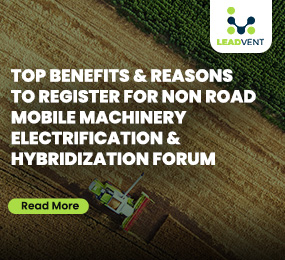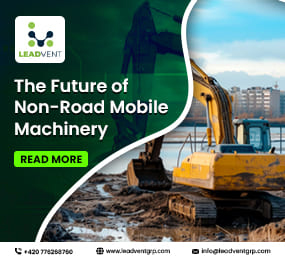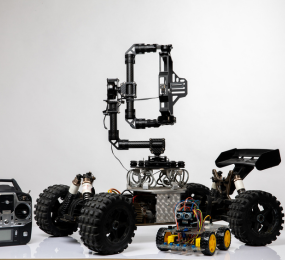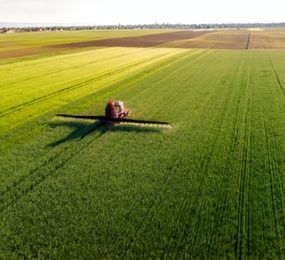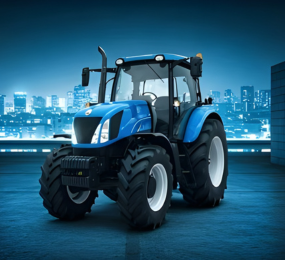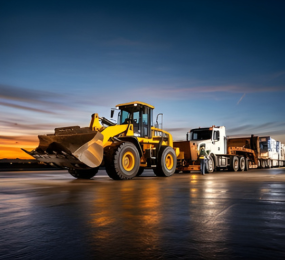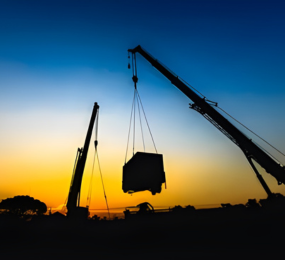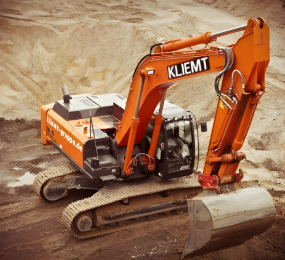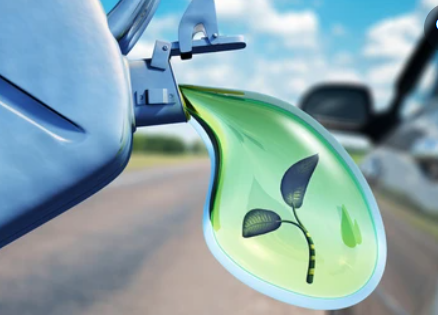Non-Road Mobile Machinery Electrification and Decarbonization: Powering Progress Beyond the Highway
When people think about vehicle emissions, their minds often jump to cars, trucks, and buses. But beyond the roads lies a category of machines that, while less visible to the general public, plays an enormous role in shaping our infrastructure and economy: Non-Road Mobile Machinery (NRMM).
From excavators and bulldozers to harvesters and airport ground equipment, NRMM powers the backbone of construction, agriculture, mining, and logistics. However, these machines are traditionally powered by diesel engines, making them significant contributors to local air pollution and greenhouse gas emissions.
As the world pivots towards net-zero goals, the electrification and decarbonization of NRMM has become a pressing focus—one that’s now drawing serious attention from policymakers, manufacturers, and industry operators alike.
Why NRMM Electrification Matters
NRMM accounts for a considerable share of emissions in urban areas—especially on construction sites—often operating in close proximity to people. Unlike road transport, these machines have long flown under the regulatory radar. But change is coming fast.
Electrifying these machines not only reduces carbon dioxide emissions but also cuts harmful pollutants such as nitrogen oxides (NOx) and particulate matter, significantly improving air quality and worker health.
Beyond the environmental benefits, electric NRMM offers quieter operation, lower maintenance, and improved energy efficiency, which translates into long-term cost savings for operators and municipalities.
Challenges in the Field
While the benefits are clear, transitioning NRMM to electric or hybrid powertrains is not a one-size-fits-all process. These machines are diverse, with varying power needs, usage patterns, and working conditions. Battery capacity, charging infrastructure, and machine weight are all technical hurdles that require targeted innovation.
Moreover, high upfront costs and limited model availability are still barriers, particularly for smaller contractors and agricultural operators.
But strides are being made. Governments are rolling out incentive schemes, pilot projects are proving viability, and manufacturers are investing in scalable electric solutions across the machinery spectrum.
A Movement in Motion
Europe is leading the charge, with cities like Oslo and Copenhagen pushing for zero-emission construction sites, and companies across the board developing electric alternatives to traditional machinery. From electric mini-excavators to hybrid combine harvesters, the industry is entering a new phase of clean innovation.
Standards are also being developed to harmonize approaches across regions, encouraging investment and streamlining adoption.
Takeaway Point
The electrification and decarbonization of Non-Road Mobile Machinery represent more than just a technological shift—they symbolize a broader commitment to sustainable progress. As these powerful machines quietly adapt behind the scenes, they are helping reshape industries for a cleaner, quieter, and more responsible future.
Learn more on our website: https://www.leadventgrp.com/events/2nd-annual-non-road-mobile-machinery-electrification-and-decarbonization-forum/details
For more information and group participation, contact us: [email protected] .
Leadvent Group - Industry Leading Events for Business Leaders!
www.leadventgrp.com | [email protected]


